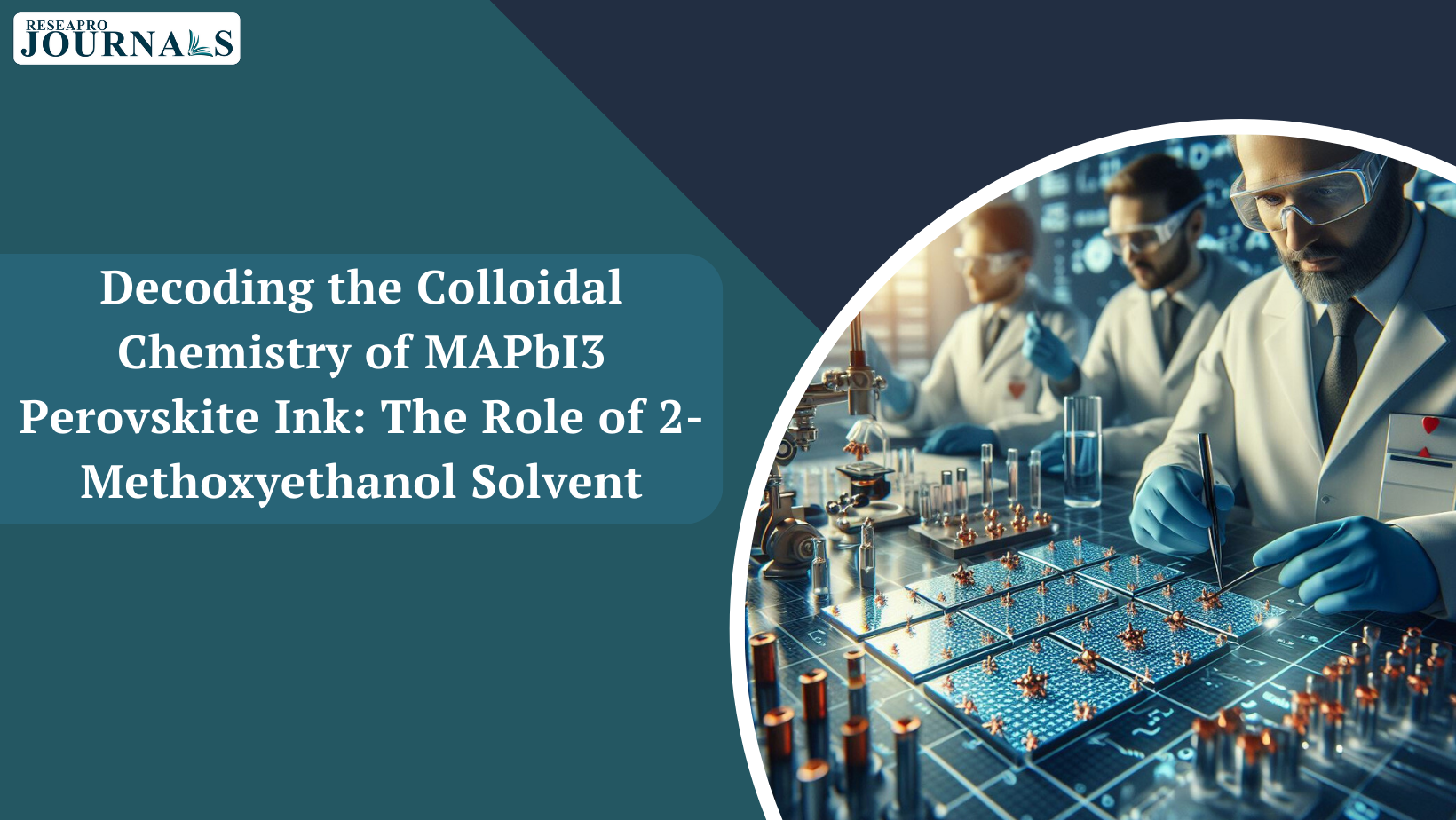|
Getting your Trinity Audio player ready...
|
Introduction:
Perovskite solar cells have emerged as a promising technology for next-generation photovoltaic devices due to their high-power conversion efficiency and low production cost. However, scaling up perovskite solar cell production remains a challenge, partly due to the complex colloidal chemistry of perovskite ink.
The Role of Solvent in Perovskite Ink:
Solvent plays a crucial role in determining the colloidal chemistry of perovskite ink and consequently, the properties of the perovskite film. 2-methoxyethanol (2-Me) has gained attention as a potential solvent for perovskite solar cells due to its fast evaporation rate and ability to form perovskite films without anti-solvent.
Investigating the Colloidal Chemistry of Perovskite Ink with 2-Me:
In a recent study, researchers delved into the colloidal chemistry of fresh and aged perovskite ink using 2-Me as the solvent. They discovered that the as-composed perovskite ink is characterized by weakly bonded I- ions and the existence of cluster complexes.
Key Findings:
• Fresh perovskite ink exhibits weakly bonded I- ions that enhance the dissolution of methylammonium (MA+) ions and induce the formation of I3- ions in diluted or aged solutions.
• Both iodoplumbate species and cluster complexes are dispersed by MA+ ions in the solution; however, iodoplumbate species transform to clusters upon aging.
• These changes lead to increased crystal size and non-uniform coverage in the perovskite film.
Implications for Perovskite Solar Cell Optimization:
These findings provide valuable insights into the optimization of perovskite ink using 2-Me as the solvent. By controlling the aging process and understanding the interactions between solvent, ions, and cluster complexes, researchers can fine-tune the colloidal chemistry to achieve high-quality perovskite films with improved solar cell performance.




